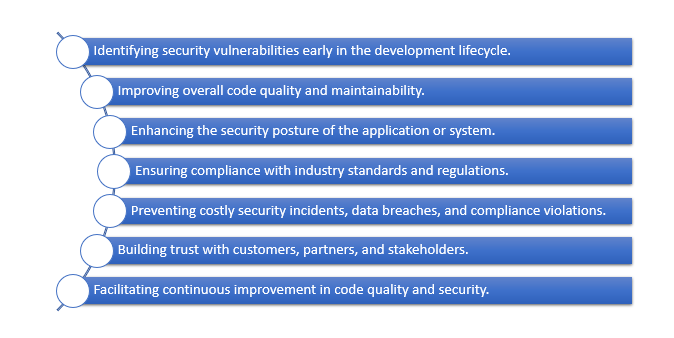Fortify Your Code, Safeguard Your Future
The primary outcome of a code audit is a detailed report highlighting issues needed to solve and recommendations on how to improve a product. Also, it may imply the best practices and instructions on how to fix problems and enhance a digital solution.

Benefits of Source Code Audit
